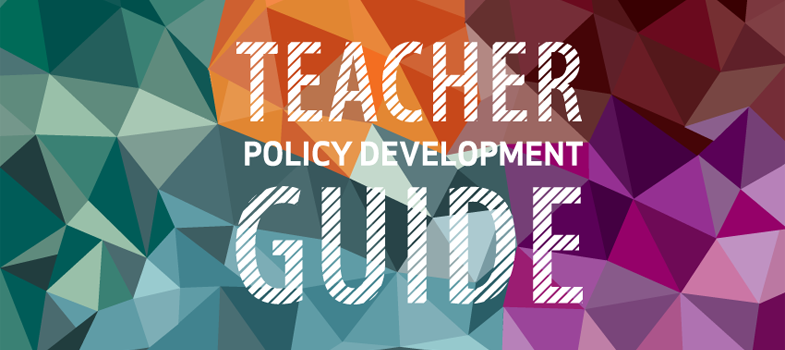2.2 Foundations and guiding principles for a teacher policy
Activity: Setting teacher policy – principles and implementation
As you read Section 2.2, note down:
- The key principles and elements that should be included in the policy.
- The elements that are necessary for implementing a teacher policy.
- How to capture teacher effectiveness, teacher motivation and teacher professionalism in a vision statement.
Guidelines for education sector plans or policies emphasize ownership, coordination, participation and sustainability through capacity development. Key principles or elements may include: a vision or mission statement setting direction; identifying strategies, capacities and priorities; a holistic approach; a feasibility analysis of trends, constraints and stakeholder commitment affecting implementation and often closely associated with political, economic and natural ‘vulnerabilities’ that form the national context within which a plan is developed and implemented (IIEP and GPE, 2012).
As with a national education policy or plan, a good teacher policy should build a foundation around a number of key principles and elements essential to implementing and achieving this plan, notably:
- A vision or mission statement and objectives
- Targets, benchmarks and timelines
- Comprehensive coverage of key dimensions
- Assessing the environment: difficulties/challenges/ gaps
- Relevant data and management
- Coordination mechanisms.
- Funding needs and sources
- Participation and stakeholder commitment
- Evaluation and revision.
Defining and coordinating policy continued
